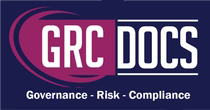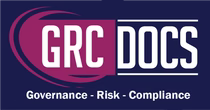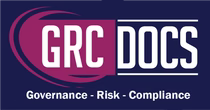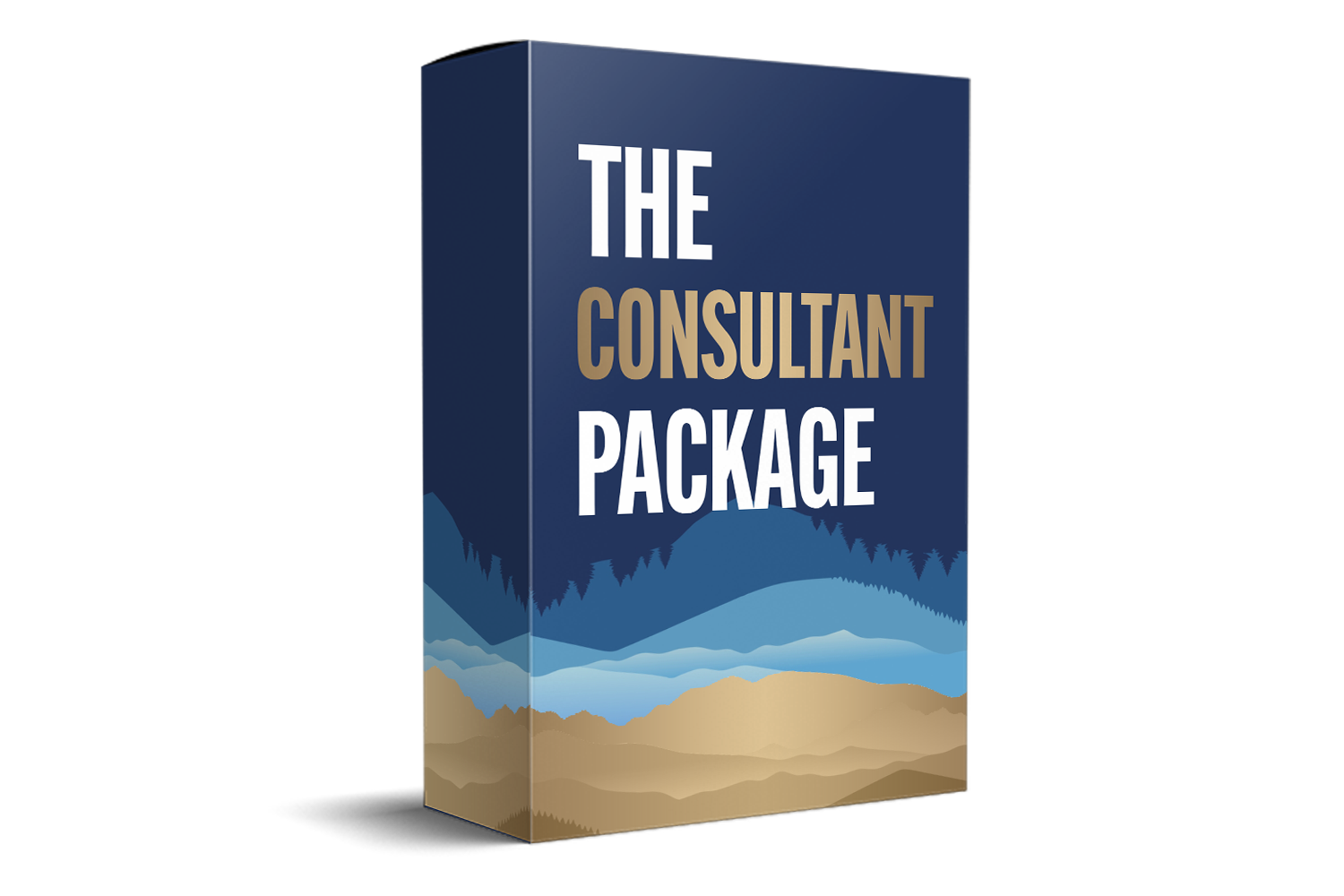SOC 2 Risk Assessment Templates Understanding The Framework
Introduction
SOC 2, short for System and Organization Controls 2, is a framework designed to help organizations manage customer data based on five "trust service principles": security, availability, processing integrity, confidentiality, and privacy. It's not a set of prescriptive rules but a flexible guide, allowing companies to tailor their approach to meet their specific needs.

Why Is SOC 2 Important?
SOC 2 compliance is crucial for any service provider storing customer data in the cloud. It ensures your systems are set up to guarantee the security and confidentiality of this data, which in turn builds trust with your clients. But achieving SOC 2 compliance isn't a one-time task. It requires ongoing risk assessment and management.
-
Building Client Trust: SOC 2 compliance signals to clients that their data is handled with the utmost care and security. This reassurance is vital for establishing and maintaining long-term business relationships. Clients are more likely to engage with organizations that demonstrate a commitment to protecting sensitive information, thereby gaining a competitive edge in the marketplace.
-
Enhancing Security Posture: By adhering to the SOC 2 framework, organizations enhance their security posture. The process involves implementing robust security measures that protect against data breaches and unauthorized access. This proactive approach not only safeguards client information but also helps prevent potential financial and reputational damage resulting from security incidents.
- Competitive Advantage: In a market where data security is increasingly prioritized, SOC 2 compliance can be a key differentiator. It sets businesses apart by showcasing their dedication to industry best practices. Organizations that embrace SOC 2 standards often find it easier to attract and retain customers who prioritize data security, giving them a distinct advantage over competitors.
The Role Of Risk Assessment in SOC 2
Risk assessment is a vital component of the SOC 2 framework. It involves identifying potential threats to your data and evaluating how these risks could impact your organization. With a well-structured risk assessment, you can prioritize efforts to mitigate these risks, thereby protecting your data and maintaining compliance.
-
Identifying Potential Threats: The first step in a risk assessment is identifying potential threats that could compromise data security. These threats can be external, such as cyberattacks, or internal, like human error or system failures. Understanding the full spectrum of potential threats allows organizations to develop comprehensive strategies to address them.
-
Evaluating Risk Impact: Once threats are identified, the next step is to evaluate their potential impact on the organization. This involves analyzing how a breach or data loss could affect business operations, financial stability, and reputation. By understanding the severity of potential risks, companies can prioritize their mitigation efforts effectively.
- Implementing Mitigation Strategies: After assessing the risks, organizations must implement strategies to mitigate them. This could involve strengthening security controls, updating policies and procedures, or investing in new technologies. The goal is to reduce the likelihood and impact of potential threats, ensuring the organization remains compliant with SOC 2 requirements.
What Is A Risk Assessment Template?
A risk assessment template is a tool that helps standardize the process of identifying and evaluating risks. It provides a structured format for documenting potential threats and the measures you plan to implement to mitigate them. By using a template, you ensure consistency and thoroughness in your risk assessment efforts.
-
Standardizing Risk Assessment Processes: Risk assessment templates provide a standardized approach to evaluating potential threats. This ensures that all team members follow the same procedure, leading to consistent and reliable results. Standardization is crucial for maintaining high-quality risk assessments, especially in large organizations with multiple departments.
-
Ensuring Comprehensive Analysis: Templates guide users through a comprehensive analysis of risks. They often include sections for identifying assets, threats, vulnerabilities, and mitigation strategies. This structured approach ensures that no aspect of risk assessment is overlooked, providing a holistic view of the organization's risk landscape.
- Facilitating Documentation and Reporting: A well-designed risk assessment template facilitates thorough documentation and reporting. It provides a clear record of identified risks, mitigation measures, and assessment outcomes. This documentation is vital for audits, compliance checks, and internal reviews, ensuring that the organization can demonstrate its commitment to data security.
Key Elements Of SOC 2 Risk Assessment Templates
To effectively use a SOC 2 risk assessment template, it's essential to understand its key elements. Here's what you should typically include:
-
Identification of Assets: Begin by listing all the assets that could be affected by security incidents. This includes hardware, software, data, and personnel.
Understanding what assets are at risk is the first step in assessing potential threats.
-
Threat Identification: Once you've identified your assets, consider the potential threats to these assets. Threats can be internal or external and may include things like data breaches, unauthorized access, or natural disasters.
-
Vulnerability Assessment: Identify the vulnerabilities in your system that could be exploited by the threats you've listed. This could be outdated software, lack of encryption, or insufficient access controls.
-
Risk Analysis: Here, you'll evaluate the likelihood of each threat exploiting a vulnerability and the potential impact on your organization. This step helps prioritize which risks require immediate attention.
-
Risk Mitigation Strategies: For each identified risk, outline the strategies you'll employ to mitigate it. This could involve implementing new security measures, updating software, or providing additional training for staff.
- Monitoring and Review: Risk assessment is not a one-time process. Regularly review and update your risk assessment
Benefits Of Using SOC 2 Risk Assessment Templates
-
Ensuring Consistency: Consistency in risk assessment is vital for producing reliable results. Templates provide a standardized approach, ensuring that every risk is evaluated using the same criteria. This consistency facilitates accurate comparisons and analysis, enhancing the overall quality of the risk assessment process.
-
Streamlining the Process: Risk assessment templates streamline the assessment process by providing a clear framework for identifying and evaluating risks. This efficiency reduces the time and resources required for risk assessments, allowing organizations to focus on implementing mitigation strategies and maintaining compliance.
-
Comprehensive Threat Coverage: Templates guide users through a comprehensive evaluation of potential threats, ensuring that no risks are overlooked. By prompting users to consider various threat vectors, templates help identify vulnerabilities that may otherwise be missed, enhancing the organization's ability to protect its assets.
- Facilitating Documentation: Thorough documentation is a key advantage of using risk assessment templates. They provide a clear record of identified risks, mitigation measures, and assessment outcomes. This documentation is invaluable for audits, compliance checks, and internal reviews, demonstrating the organization's commitment to data security.
How To Choose The Right Risk Assessment Tools
Selecting the right risk assessment tools is crucial for effective risk management. Here are some factors to consider:
-
Ease of Use: Choose a tool that is user-friendly and easy to navigate. Your team should be able to use it with minimal training.
-
User-Friendly Interface: A user-friendly interface is essential for ensuring that the risk assessment tool is accessible to all team members. Intuitive navigation and clear instructions reduce the learning curve, enabling users to focus on evaluating risks rather than struggling with the tool itself.
-
Minimal Training Requirements: Select a tool that requires minimal training for users to become proficient. This ensures that the team can quickly adopt the tool and begin conducting risk assessments without extensive onboarding processes, saving time and resources.
-
Support and Resources: Consider the availability of support and resources provided by the tool vendor. Comprehensive support, including documentation, tutorials, and customer service, ensures that users can resolve any issues promptly and maximize the tool's potential.
-
Customization: Look for tools that allow you to customize risk assessment templates to fit your organization's specific needs.
-
Tailoring Templates: Customization capabilities enable organizations to tailor risk assessment templates to align with their unique processes and risk profiles. This flexibility ensures that the tool meets specific requirements, enhancing the accuracy and relevance of risk assessments.
-
Integration with Existing Workflows: Consider how well the tool can integrate with existing workflows and processes. Seamless integration minimizes disruptions and ensures that risk assessments align with the organization's operational needs and objectives.
-
Data Import and Export: Integration capabilities should include data import and export features, allowing organizations to leverage existing data for risk assessments and share assessment outcomes with other systems. This interoperability streamlines processes and enhances collaboration across departments.
-
Automating Data Collection: Consider tools that offer automation features for data collection and analysis. Automation reduces manual effort, increases accuracy, and accelerates the risk assessment process, enabling organizations to respond to threats more efficiently.
-
Reporting Capabilities: Good reporting capabilities are essential. You should be able to generate comprehensive reports that provide insights into your risk management efforts.
-
Cost: Finally, consider the cost. While it's important to invest in quality tools, ensure they fit within your budget.
-
Evaluating Return on Investment: Assess the potential return on investment (ROI) of the risk assessment tool. Consider the benefits it offers in terms of efficiency, accuracy, and compliance, and weigh them against the cost to determine whether the investment is justified.
- Value for Money: Consider the value the tool provides relative to its cost. A tool that offers robust features, customization options, and excellent support may justify a higher price if it significantly enhances the organization's risk management capabilities.
Implementing SOC 2 Risk Assessment In Your Organization
-
Educating Your Team: Education is the foundation of effective risk assessment implementation. Ensure that all team members understand the significance of risk assessment in maintaining data security and compliance. Training sessions and workshops can provide valuable insights into the SOC 2 framework and individual responsibilities within the process.
-
Setting Clear Objectives: Clearly defined objectives provide direction and focus for the risk assessment process. Determine what you aim to achieve, whether it's enhancing security measures, achieving compliance, or identifying potential vulnerabilities. Clear objectives ensure that risk assessments align with organizational goals and priorities.
-
Leveraging Templates: Utilize SOC 2 risk assessment templates to streamline the assessment process and ensure consistency across the organization. Templates provide a structured framework for identifying and evaluating risks, enhancing the accuracy and reliability of assessment outcomes.
-
Scheduling Regular Reviews: Regularly reviewing the risk assessment process ensures that it remains effective in addressing new threats and organizational changes. Schedule periodic reviews to evaluate the accuracy of assessments, the effectiveness of mitigation strategies, and the emergence of new risks.
- Continuous Improvement: Risk assessment is an ongoing process that requires continuous improvement. Seek opportunities to refine assessment methodologies, enhance mitigation strategies, and adapt to evolving threats. Continuous improvement ensures that the organization remains resilient and compliant in the face of changing risk landscapes.
Conclusion
SOC 2 risk assessment is a critical component of maintaining data security and compliance. By using structured templates, you can ensure a consistent and thorough approach to identifying and mitigating risks. With the right tools and strategies, your organization can protect its data and maintain the trust of its clients.






